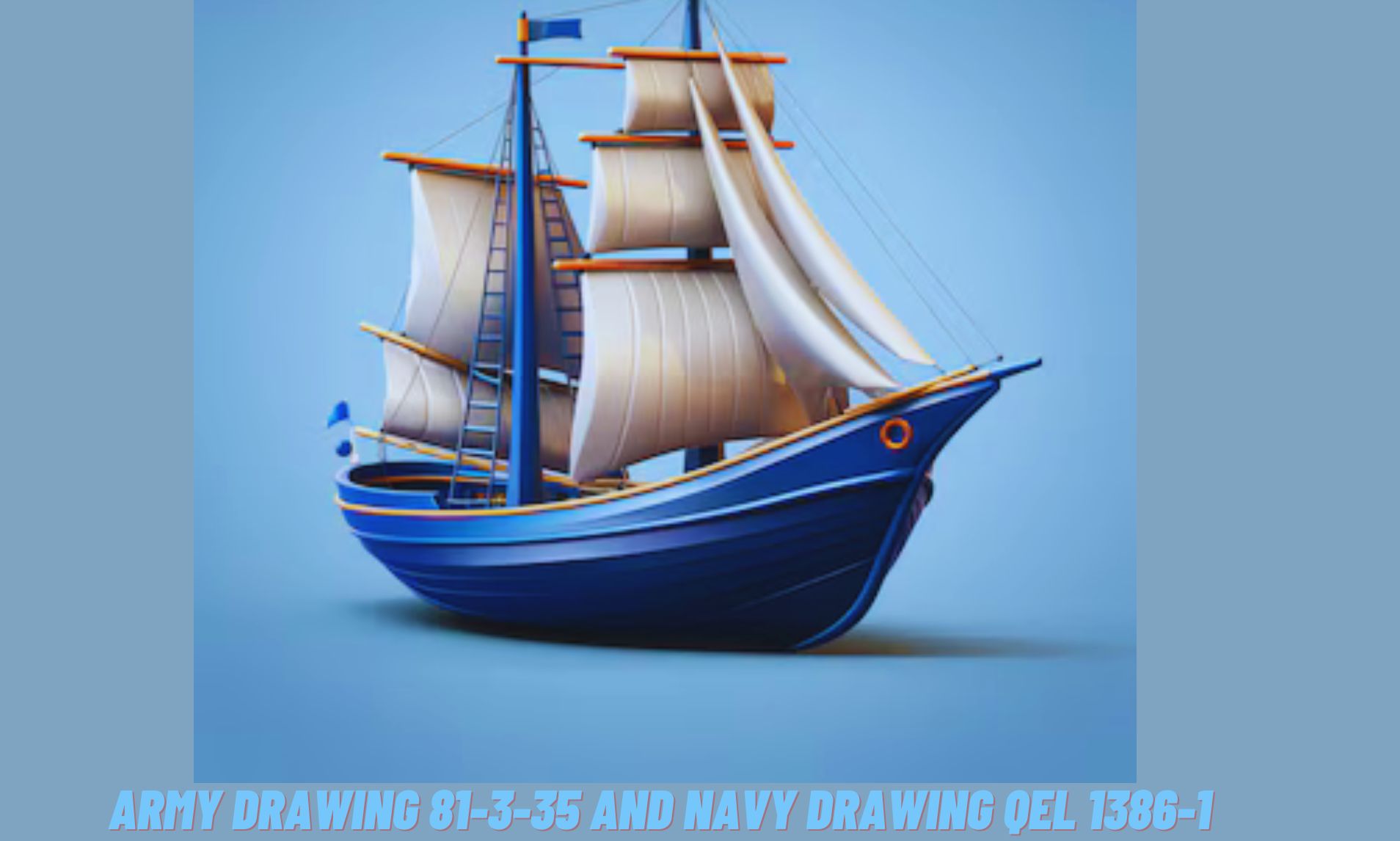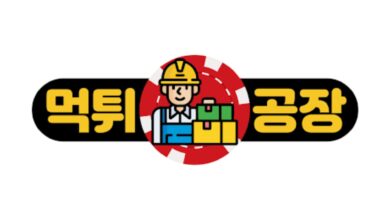Army Drawing 81-3-35 and Navy Drawing QEL 1386-1: A Comprehensive Guide
Welcome! If you’ve ever found yourself tangled up in military specifications and drawings, you’re not alone. Today, we’re diving into the specifics of two important military technical drawings: Army Drawing 81-3-35 and Navy Drawing QEL 1386-1. Whether you’re a contractor, engineer, or just a curious reader, this guide will shed light on these documents and how they impact their respective military branches.
What Are Army Drawing 81-3-35 and Navy Drawing QEL 1386-1?
Before we get into the nitty-gritty details, let’s set the stage by understanding what these drawings are and why they’re important.
Army Drawing 81-3-35 and Navy Drawing QEL 1386-1 are technical documents used by the U.S. Army and Navy respectively. They contain detailed schematics, specifications, and instructions related to military equipment and systems. These documents are essential for ensuring that all components meet the required standards for functionality and safety.
Why Are These Drawings Important?
For anyone involved in military contracting or maintenance, these drawings are crucial. They provide precise information that helps in the design, construction, and repair of military hardware. Let’s explore why each drawing matters.
Army Drawing 81-3-35
Army Drawing 81-3-35 is specifically designed for components used in Army vehicles or systems. This drawing might detail anything from the assembly of an engine part to the installation of a specific system in a tank. The accuracy of these drawings ensures that every component fits and functions correctly, which is vital for operational effectiveness.
Navy Drawing QEL 1386-1
On the other hand, Navy Drawing QEL 1386-1 pertains to naval equipment. This could include anything from navigational systems to shipboard machinery. The Navy’s drawing would ensure that all equipment is built to handle the marine environment and meet strict performance standards.
Detailed Breakdown of Army Drawing 81-3-35
Let’s take a closer look at what goes into Army Drawing 81-3-35.
Components and Assembly Instructions
This drawing provides comprehensive details on each component, including dimensions, materials, and how each part should be assembled. It ensures that every piece of equipment is built to precise standards, minimizing the risk of malfunction.
Material Specifications
The drawing specifies the types of materials to be used, which is critical for durability and performance. For instance, certain parts may require high-strength alloys or corrosion-resistant coatings to withstand harsh conditions.
Maintenance and Repair Guidelines
Maintenance is crucial for keeping military equipment in top shape. This section of the drawing might include troubleshooting tips, repair instructions, and recommendations for routine maintenance.
In-Depth Look at Navy Drawing QEL 1386-1
Now, let’s delve into Navy Drawing QEL 1386-1.
Design Specifications
Similar to the Army drawing, this Navy drawing provides detailed design specifications. This could involve everything from the layout of shipboard electronics to the structural details of naval weapon systems.
Environmental Considerations
Navy equipment often operates in extreme environments, from corrosive sea air to high-pressure underwater conditions. This drawing would include specifications to ensure equipment can withstand these conditions without failure.
Safety Protocols
Safety is paramount in naval operations. The drawing likely includes detailed safety instructions and compliance measures to ensure that all equipment adheres to strict safety standards.
Comparison: Army Drawing 81-3-35 vs. Navy Drawing QEL 1386-1
While both drawings serve similar functions in their respective branches, there are some key differences:
- Application Focus: Army Drawing 81-3-35 is geared towards land-based systems and equipment, while Navy Drawing QEL 1386-1 focuses on maritime applications.
- Environmental Conditions: The Army’s drawing doesn’t need to account for marine corrosion or high-pressure environments, whereas the Navy’s drawing does.
- Component Specificity: The Army drawing might detail components used in a variety of land vehicles, while the Navy drawing is likely more specialized for shipboard systems.
Real-World Applications and Implications
Understanding these drawings is not just about knowing what’s on paper. It has real-world implications for how military equipment is used and maintained. Here’s how:
- For Contractors: Accurate interpretation of these drawings ensures that contractors can build or repair equipment to meet stringent military standards.
- For Maintenance Crews: Detailed maintenance and repair instructions help crews keep equipment in optimal condition, reducing downtime and enhancing operational readiness.
- For Designers: Engineers and designers use these drawings to innovate and improve military technology, ensuring that new designs are both functional and reliable.
New Insights and Additional Information
While existing blog posts might provide an overview, our deep dive into these drawings uncovers some unique aspects:
- Historical Evolution: Many military drawings have evolved. Understanding their historical context can provide insights into how military technology has advanced.
- Inter-Branch Differences: Exploring how the Army and Navy adapt their designs for different operational environments reveals the diversity in military engineering.
- Technological Integration: How modern technology integrates with traditional specifications is an area that’s rapidly developing. Innovations in materials and design are continually reshaping how these drawings are used.
Conclusion
Army Drawing 81-3-35 and Navy Drawing QEL 1386-1 are more than just technical documents—they are the backbone of military equipment design and maintenance. By understanding these drawings, we gain valuable insights into the rigorous standards and detailed planning that go into ensuring the effectiveness and safety of military systems.


-2-390x220.webp)
